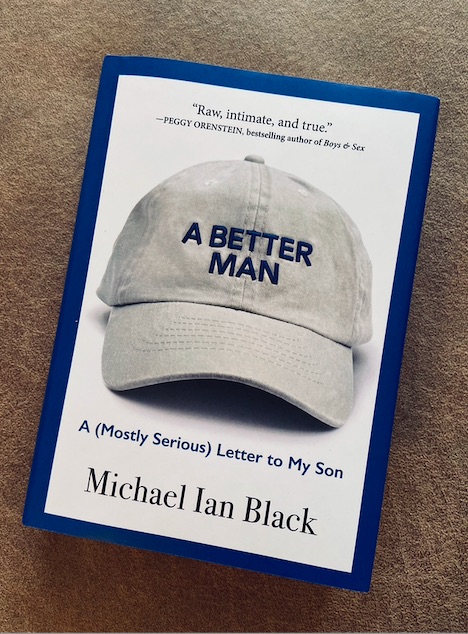
3 years ago · Leah Fogt · 0 comments
Book Review: A Better Man
 I first learned of this book on The Today Show while home with my 9 month old son on COVID Quarantine in September 2020, just after its release. As a new mother trying to figure out parenting together with my husband, I had already begun grappling with big questions about how to raise our new little one to be a good human.
I first learned of this book on The Today Show while home with my 9 month old son on COVID Quarantine in September 2020, just after its release. As a new mother trying to figure out parenting together with my husband, I had already begun grappling with big questions about how to raise our new little one to be a good human.
Intrigued, I decided to read the book and review it here. I enlisted the help of some men for whom I have a great deal of respect, as I feel under-qualified to register an opinion of the male experience. The review that follows is my attempt at sharing the highlights of a book club style discussion I shared with with my good friend Todd, my father Tony, and my friend’s Justin. Justin’s wife and my dear friend Bernadette also joined our discussion, bringing another mother’s perspective. Each member of our little group brought a unique point of view from their respective generations, religious traditions, political leanings, childhood experiences, lived experiences, and cultures, which made for a lively and thought provoking discussion.
We all agreed the book was entertaining, honest, vulnerable, and timely. Black’s comedy career shines through beautifully in his witty one-liners and clever takes on social constructs of masculinity. We also agreed portions of the book were very powerful and raw, particularly the opening reflection on the 2012 mass shooting at Sandy Hook Elementary. Todd described the opening as “gripping.” Black bravely shares much of his own personal story in the book, sharing many memories that resonated with the group. My father shared, “I could really relate to them from my own experience with my dad and being a father.”
Black’s book challenges the idea of “toxic masculinity” in its third chapter, a bold move in today’s society, and I believe he attempts to call his son (and his readers) to a more balanced view of masculinity. Black states:
I don’t like the phrase “toxic masculinity.” To me, the term implies that there’s something inherently wrong with men, some poison baked into our Y chromosomes….Yes, be aware of certain bilious – and worse – behaviors men sometimes display. Yes, be sensitive to women’s concerns for their safety and well-being. Yes, do the steady work of self-improvement. But I worry that continuously describing male expression as toxic has the cumulative effect of denying the goodness of men. Although men bear responsibility for much of what’s wrong in the world, we also provide some share of what’s right.
I personally felt this passage validated my view of many of the very Good (capital G intended) men in my life, including those participating in our book discussion, as well as my husband, my brother, and many others. Justin observed the balance of masculine and feminine traits as healthy and necessary, rather than adversarial or contradictory. Further, as a group we also affirmed Black’s message that masculine and feminine qualities are not absolutely bound by our chromosomes. I recalled a recent and touching example of this very point. One night, coincidentally while reading the book, I overheard my very patient husband soothing our little teether in the nursery with gentle and nurturing words, “I love you…I’ve got you…it’s okay.” (Oh my heart!) My wonderful husband, who typically is not demonstrative or liberal in doling out the “warm fuzzies” showed a tender and nurturing side of him in caring for our baby. He showed traits that society often attributes to mothers but are just are healthy and necessary in any parent, regardless of gender. Is it not a disservice to men that we pigeonhole them with expectations macho behavior and traits?
Black dives deeply into the expanding the definition of “manliness” and challenges social influences that perpetuate the stereotype of the macho, emotionally detached male. We can surely work as a society to affirm and welcome others to be able to authentically express who they are without judgment or shame. Black’s ideas are surely goals we can work toward, though we are certainly not there yet. Todd observed these ideas to be “great in theory but difficult in practice”, and he shared some of his own parenting wisdom in our discussion:
I always tell my boys and everybody else that the world is full of some pretty hurtful, mean people. I wish that it wasn’t, but it is what it is. If you can always be true to yourself, you know who you are and who you want to be. Try to stick with that, but it is hard.
Indeed bullies exist, and bigotry is not difficulty to find. So living authentically – especially then breaking the mould or shattering a stereotype – self-assurance, confidence, and even thick skin are often times necessities.
While our group embraced much of Black’s commentary, one area we challenged was the author’s authority on certain subject areas. Black does not boast to be an academic of any sort. In fact, he humbly states in his Today Show interview, “I’m a c-list, basic cable comedian. I’m a dad.” What qualifies him to impart this wisdom in “a (mostly serious) letter to [his] son” is simply his lived experience as a man and father. Personally, I take no issue with a father’s desire to share his story and life lessons with his child. However, I struggled in particular (as did some in our group discussion) with some of his out-of-context references, misuse of Christian scripture, and limited understanding of Feminist Theory included in a published work.
Our lively discussion of a poignant book only began to skim the surface. There is much to unpack from Black’s message to his son and readers.
My personal takeaway is that it’s not so much about focusing on what it means to be a good man, but more what it means to be a good human being. The challenge, as my father put it, is to “get back to something more foundational: being a good person.”
We give this book an A-.
Typically at the close of one of my book reviews I offer a summary “grade” with the positives and negatives I took away from it. This time, I’m attempting to summarize our group’s take-aways.
Positives: As a group we all agreed the Black was courageous in his vulnerability and willingness to tackle touch subject matters. We found the book entertaining and timely. The content is refreshingly honest and likely relatable to many in one way or another.
Negatives: Black’s points are overly generalized at times, and he appears to have an incomplete understanding of the female experience. While he does acknowledge masculinity and femininity are not dictated solely by our genetics, the lens through which he views these constructs is still rather binary.
My suggestion is to read it for what it is: one man’s message to his son.
BLACK, M. (2020). BETTER MAN: A mostly serious letter to my son. Chapel Hill, NC: ALGONQUIN OF CHAPEL HILL.
Special thanks to Todd Engel, Tony Groshek, Justin McClain, and Bernadette McClain for being willing to share, discuss, and debate with me!




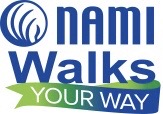







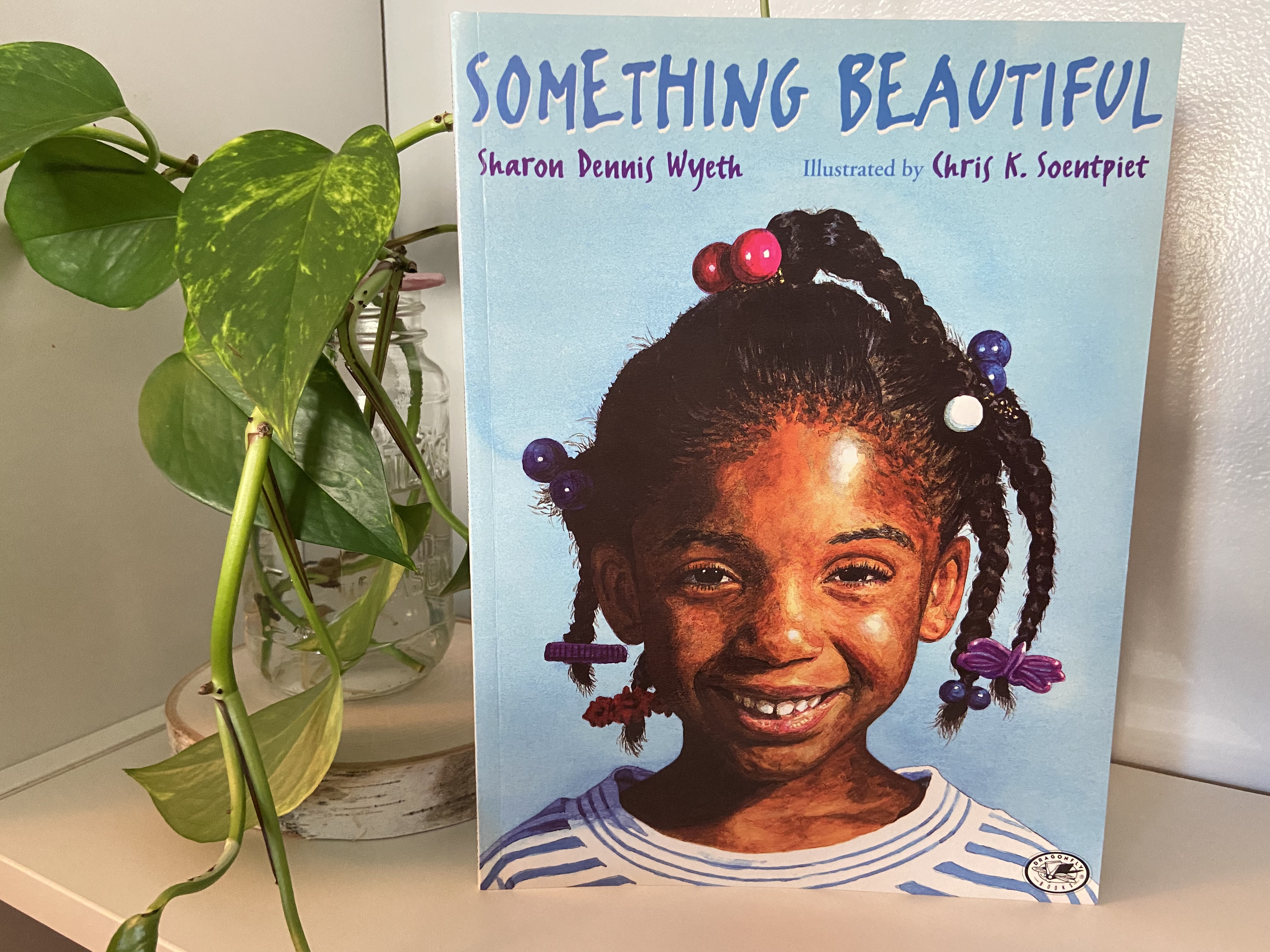
 “Something Beautiful” by Sharon Dennis Wyeth, illustrated by Chris K. Soentpiet is a poignant picture book that I was first introduced to years ago. I was working as a clinical intern at the Lt. Joseph P. Kennedy Institute in Washington DC, and one of the staff members shared it with me. I have used the book in my practice with adults and children ever since, as it tells a story of resilience, mindfulness, and gratitude.
“Something Beautiful” by Sharon Dennis Wyeth, illustrated by Chris K. Soentpiet is a poignant picture book that I was first introduced to years ago. I was working as a clinical intern at the Lt. Joseph P. Kennedy Institute in Washington DC, and one of the staff members shared it with me. I have used the book in my practice with adults and children ever since, as it tells a story of resilience, mindfulness, and gratitude.




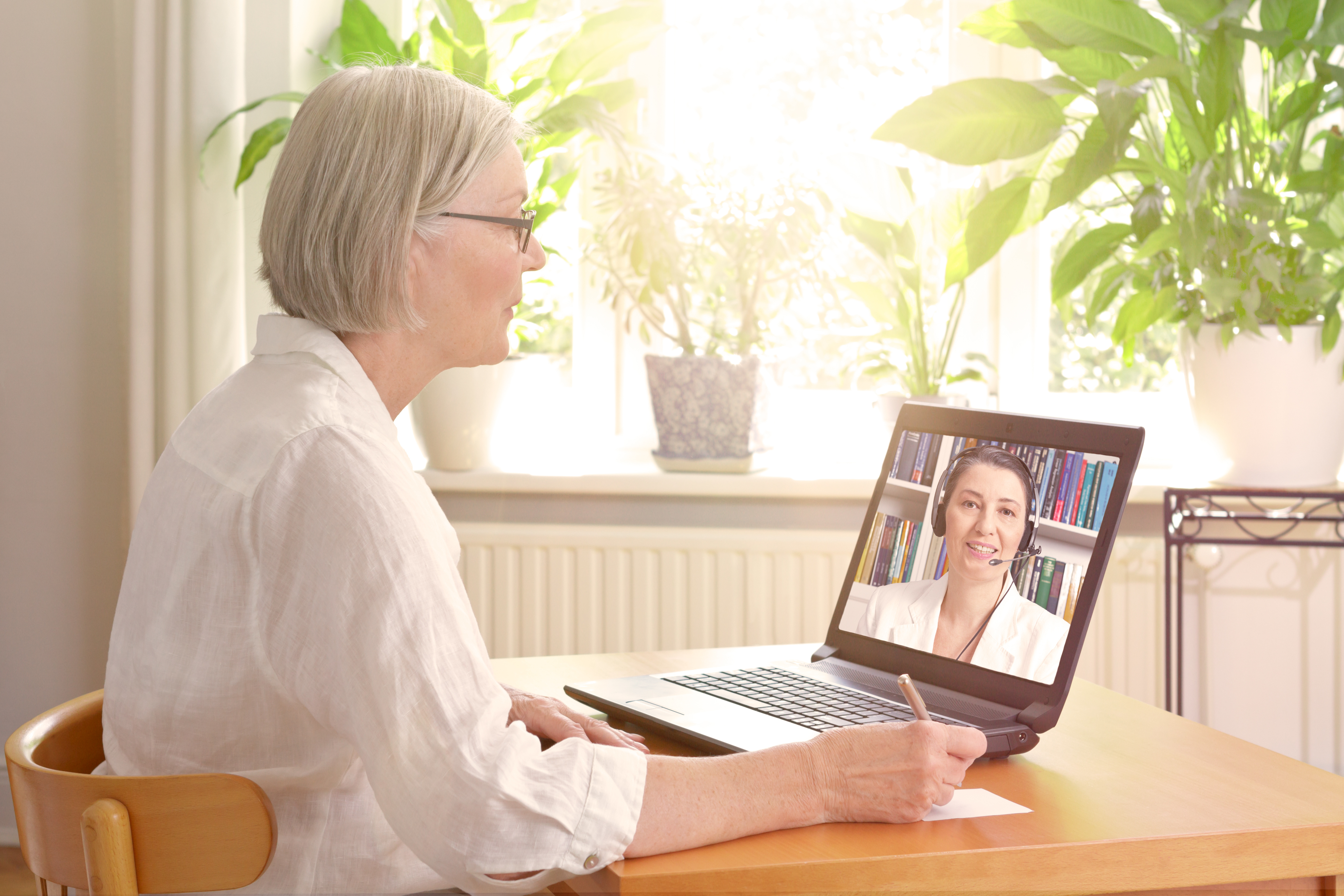






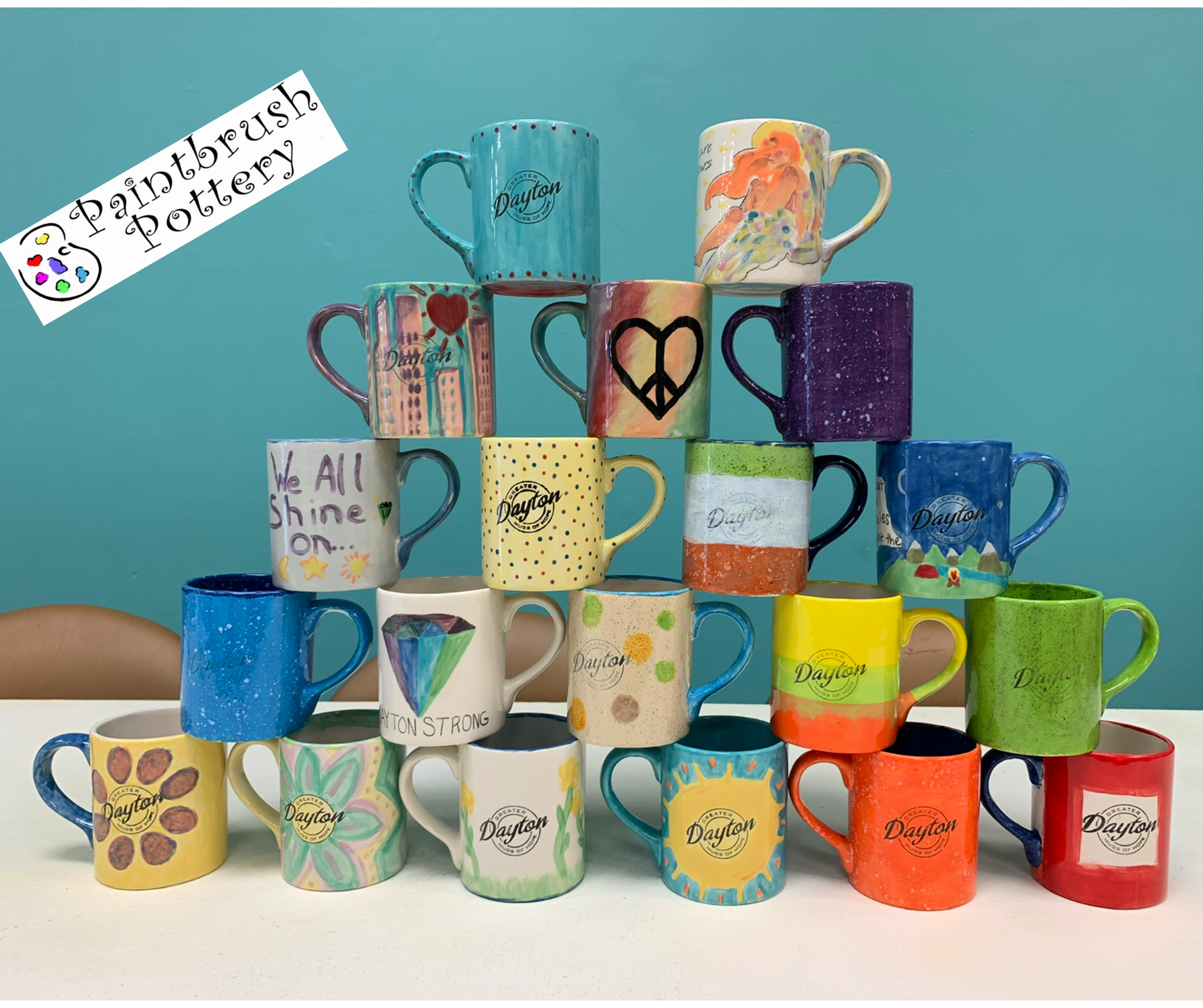















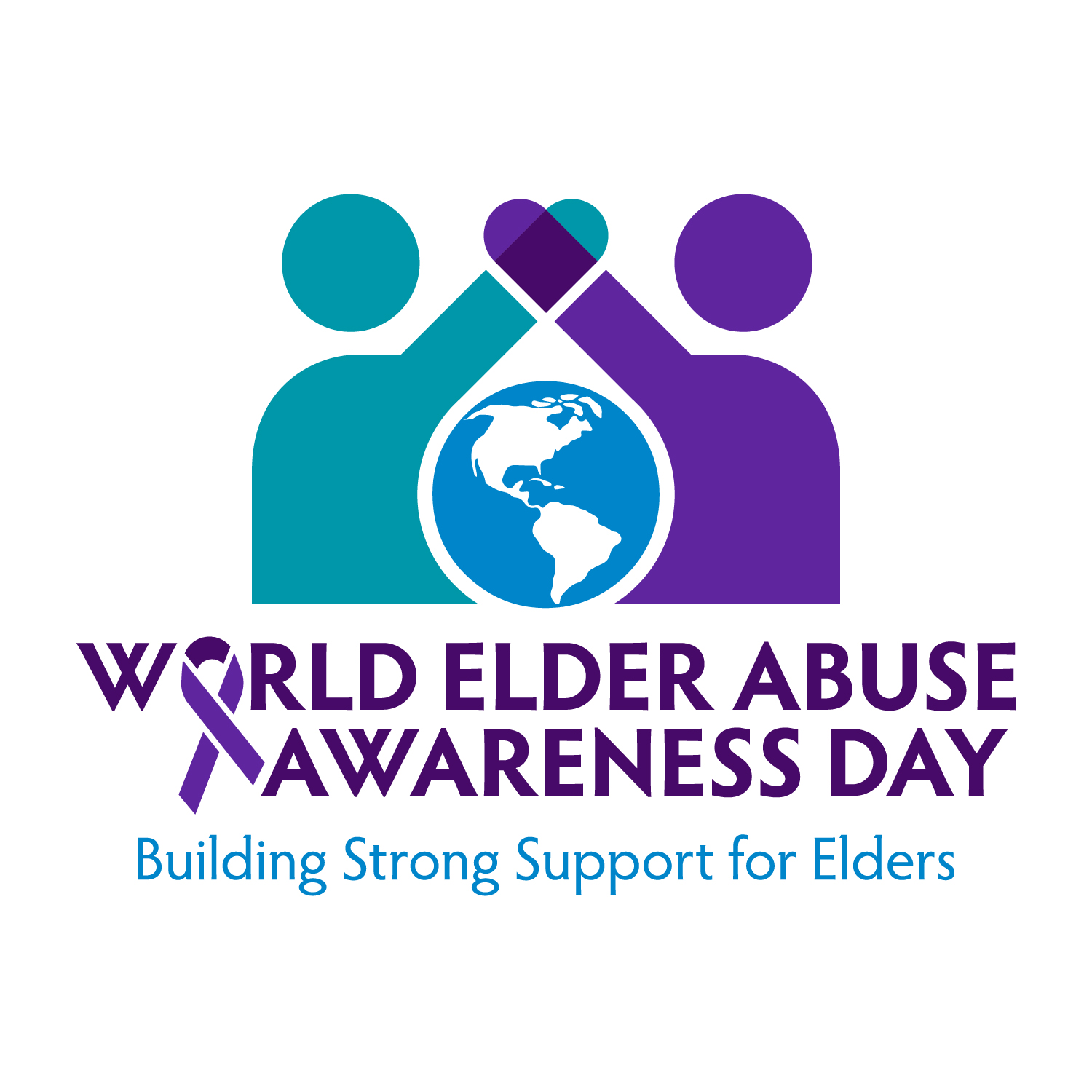

 As Americans, we believe in justice for all. Yet we fail to live up to this promise when we allow older members of our society to be abused or neglected. Older people are vital, contributing members of American society, and their maltreatment diminishes all of us. Just as we have confronted and addressed the social issues of child abuse and domestic violence, so too can we find solutions to address issues like elder abuse, which also threatens the well-being of our community.
As Americans, we believe in justice for all. Yet we fail to live up to this promise when we allow older members of our society to be abused or neglected. Older people are vital, contributing members of American society, and their maltreatment diminishes all of us. Just as we have confronted and addressed the social issues of child abuse and domestic violence, so too can we find solutions to address issues like elder abuse, which also threatens the well-being of our community.

 Originally published in 1995, Gary Chapman’s book, “The Five Love Languages: The Secrets to Love That Lasts” has become a very popular reading choice for couples looking to deepen, strengthen, and maintain the love that forms the foundation of their relationship. The subsequent editions of the book have been updated and the author has also written additional books applying the Five Love Languages to the unique needs and experiences of children, teens, and men.
Originally published in 1995, Gary Chapman’s book, “The Five Love Languages: The Secrets to Love That Lasts” has become a very popular reading choice for couples looking to deepen, strengthen, and maintain the love that forms the foundation of their relationship. The subsequent editions of the book have been updated and the author has also written additional books applying the Five Love Languages to the unique needs and experiences of children, teens, and men.